Obi-Wan Kenobi: 9 talking points after the first two episodes
New characters, questions of continuity and the man himself in our breakdown of the latest Star Wars show
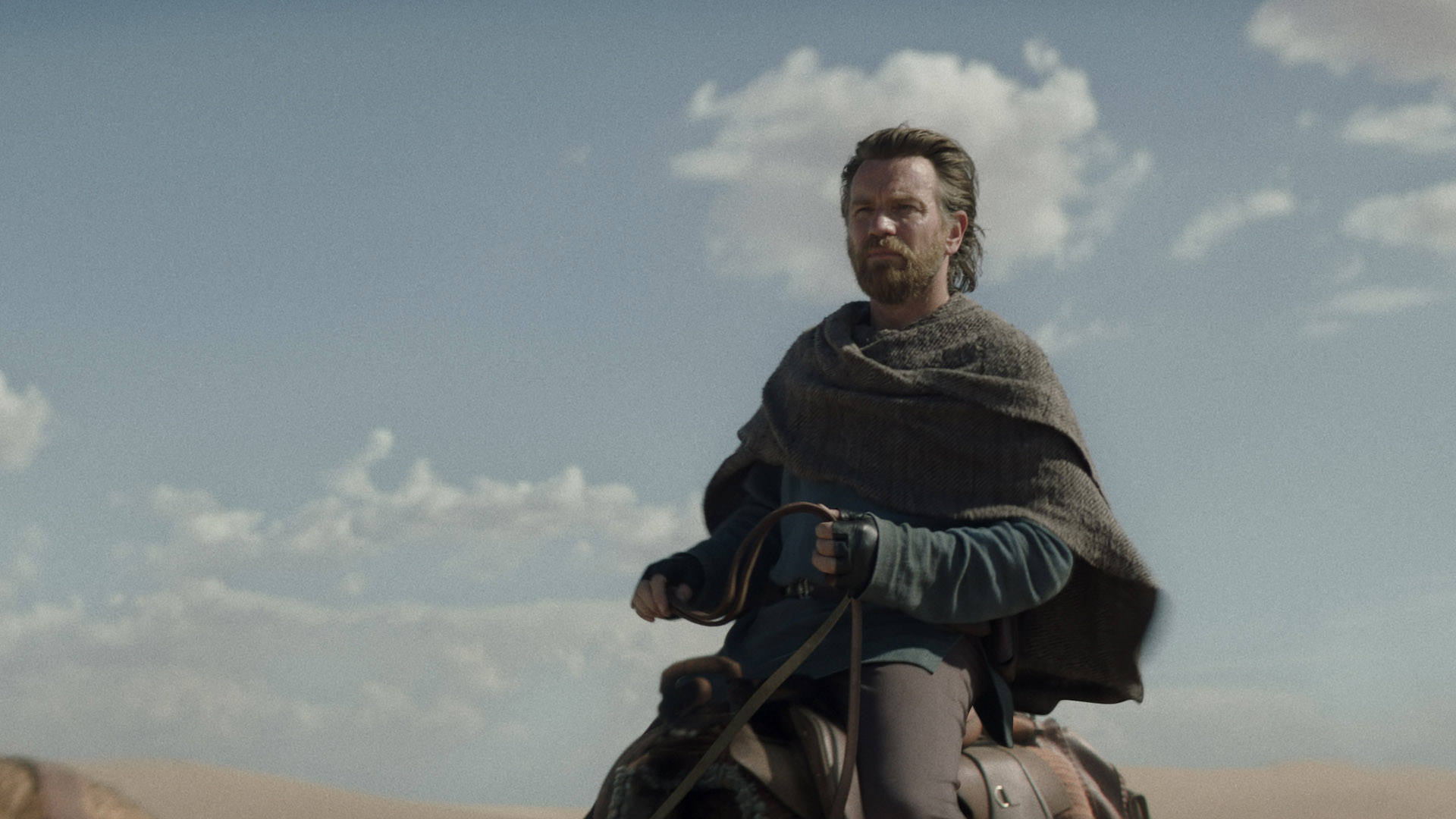
Obi-Wan Kenobi is back and he’s a changed man. Set halfway between Revenge of the Sith and A New Hope, the latest Star Wars TV show finds a Jedi (played, once again, by Ewan McGregor) disillusioned with his past, and still struggling to come to terms with the fall of his apprentice, Anakin Skywalker, to the Dark Side.
Disney Plus has treated us to a double-whammy of the first two episodes and there are plenty of surprises within. While there aren’t quite as many nods to previous Star Wars stories as have become the norm in The Mandalorian and The Book of Boba Fett, the show is already an important addition to the story of that galaxy far, far away – and is bound to raise a few burning questions for fans.
So, after digesting Part I and Part II of Obi-Wan Kenobi’s, we’ve assembled a list of nine talking points raised by the show. Rest assured there are some MAJOR SPOILERS below – and if the four-minute recap at the beginning of Part I isn’t enough to get you up to speed, check out our guide to everything you need to watch and read ahead of the new six-part series.
Obi-Wan Kenobi himself
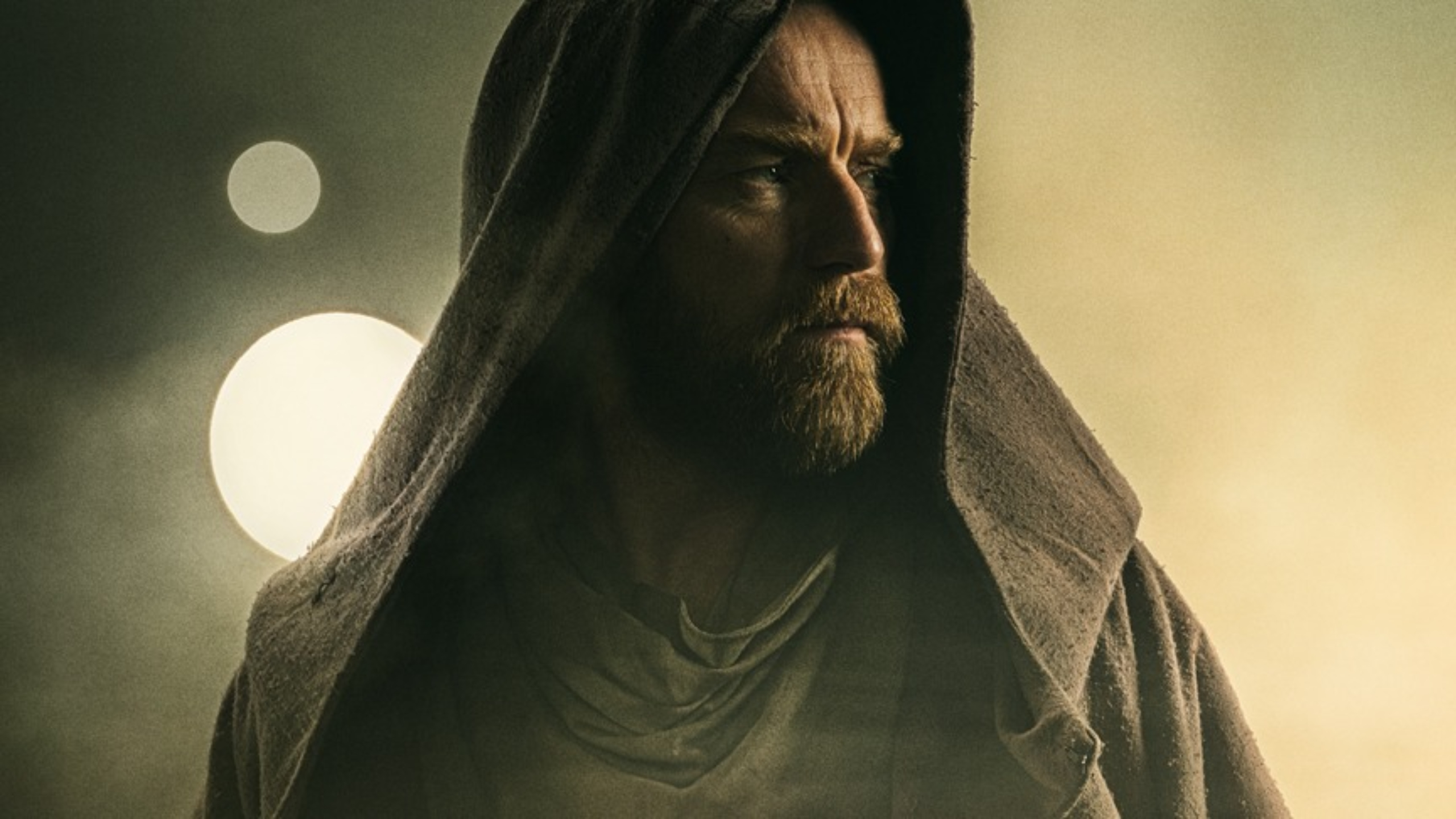
“The fight is done. We lost.”
If one sentence can encapsulate the Obi-Wan Kenobi we meet in Part I, it’s that one. Ten years after the tragic events of Revenge of the Sith the Jedi master has retreated into anonymity on Tatooine, and he’s a shadow of his former self – he isn’t just hiding, he’s doing everything he can to not be a Jedi.
This isn’t the Obi-Wan Kenobi – or Old Ben – we remember. Yes, the face and voice are familiar – though Ewan McGregor’s natural Scottish accent does slip through on occasion – but the celebrated hero of the Clone Wars is long gone.
Where once his days were filled with action and adventure – not that a Jedi craves such things – he now works a dead-end job at a meat-packing facility, making occasional visits to the Lars moisture farm to check in on Luke Skywalker, the boy who may just go on to bring balance to the Force.
Get daily insight, inspiration and deals in your inbox
Sign up for breaking news, reviews, opinion, top tech deals, and more.
Keeping secrets has clearly taken its toll, however. While the Jedi code speaks of compassion and helping those in need, Obi-Wan now turns a blind eye, his bigger picture plan for saving the galaxy rather more important than performing the odd good turn. His response to a visit from fellow fugitive Nari says it all – he effectively refuses to help the younger man, telling him to lay low and forget he was ever a Jedi. Nari ends the episode strung up in a town square.
But the old Jedi is still in there somewhere, and once he’s reluctantly called into action to save Leia, we gradually see the Force reawaken inside him. He’s yet to make contact with his old master Qui-Gon Jinn – surely Liam Neeson is destined for a comeback – and we haven’t seen him ignite that famous blue lightsaber, but by the time he reaches the seedy world of Daiyu, it’s clear that using the Force is as hard to forget as riding a bike.
The people skills still need some work, of course, but this is a brilliant reintroduction to one of Star Wars’ most iconic characters.
Leia Organa
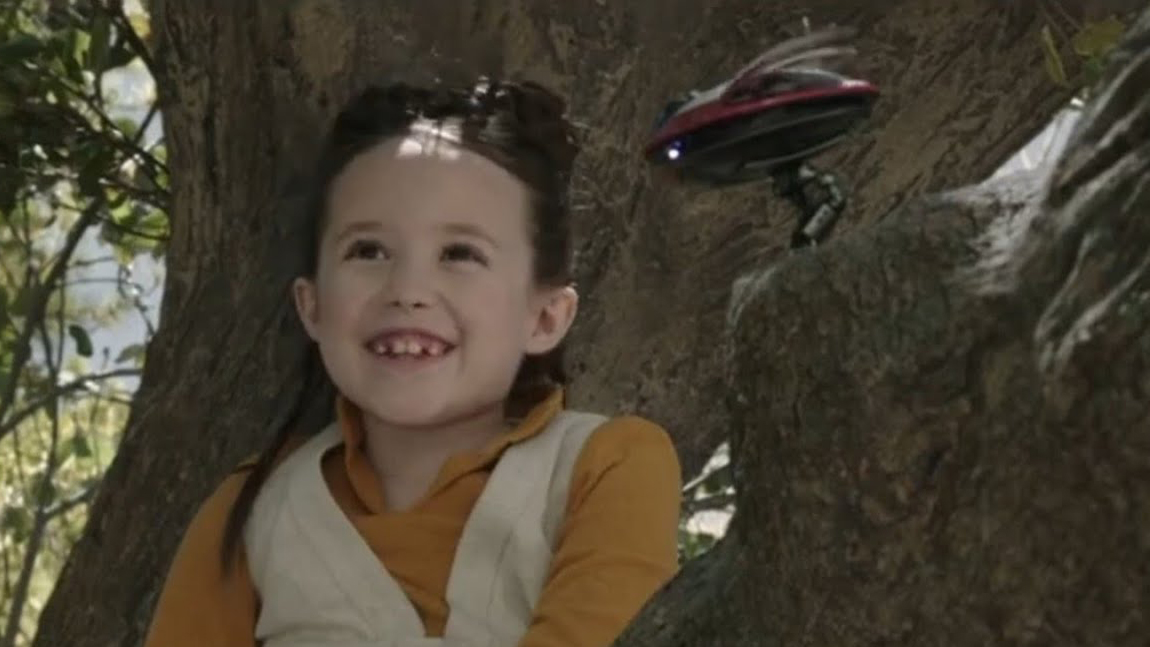
What a sly piece of sleight of hand from Lucasfilm.
From the trailer through to the opening act of Part I, we were led to believe that Obi-Wan’s primary objective was keeping an eye on the young Luke Skywalker until he was ready – it’s even revealed that Obi-Wan gave Luke the T-16 toy he plays around with in A New Hope. As the episode evolves, however, it’s clear that the other Skywalker twin is much more important to the show.
While Luke’s involvement is limited to a long shot of the Lars homestead, Leia (played by Vivien Lyra Blair) is utterly integral to the story that unfolds. When the episode first shifts the action to the princess shirking royal duties on Alderaan, it feels like an unnecessary diversion from more important matters on Tatooine. But as soon as she’s abducted by Vect Nokru and his gang of mercenaries – and her parents send out a “Help me, Obi-Wan Kenobi” message of their own – it becomes clear that she’s this show’s answer to Baby Yoda. Leia is the McGuffin who gives the show a reason to exist.
It makes total narrative sense. With Obi-Wan living the life of a hermit, it had to be a truly cataclysmic, galaxy-threatening event to drag him away from protecting Luke. And what could be bigger than rescuing Leia, one of the two great hopes who can save the universe from Imperial tyranny.
Appropriately for a character who – within a decade of Star Wars continuity – will effectively be leading the Rebel Alliance, the 10-year-old Leia is the sort of self-confident, old-beyond-their-years kid that probably only exists in movies and TV. She’s a thoroughly engaging foil for Kenobi, however, shifting from headstrong to obnoxious to suspicious to courageous (often in the blink of an eye), and highlighting just how uncomfortable he’s become talking to other people. Her belief that the 50-something Obi-Wan is ancient also proves that – whatever galaxy they live in – kids are terrible at gauging the ages of adults.
The Inquisitors
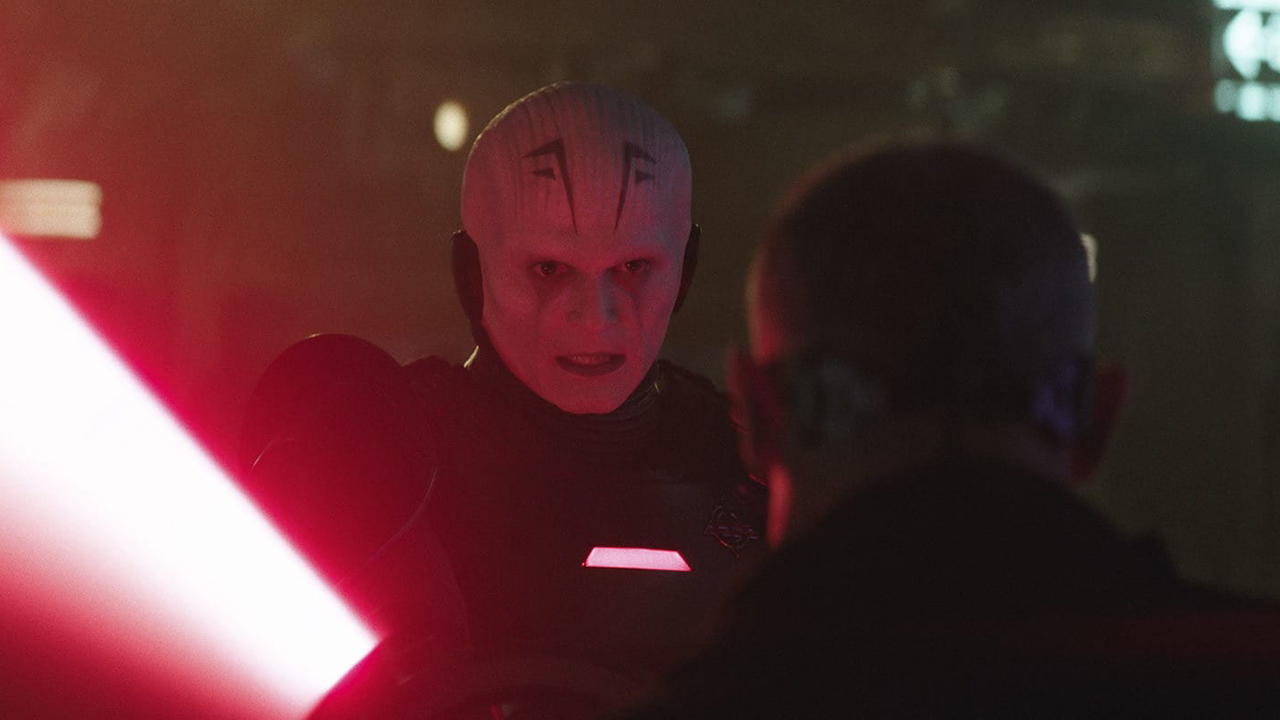
What a way to make an entrance…
Exposition is always a tricky thing to get right in a movie or TV show, but Obi-Wan Kenobi absolutely nails its introduction to the show’s antagonists.
The Grand Inquisitor (played by Homeland’s Rupert Friend) is the kind of character who loves the sound of his own voice, so it’s entirely logical that he’d devote a considerable amount of time to explaining why he and the rest of his team of Force-sensitive assassins are hunting down Jedi.
Although his patience isn’t always a virtue – on at least two occasions, holding rookie Inquisitor Reva back allows a Jedi to escape custody – he’s an excellent villain. But he’s not the most memorable member of the group…
Reva
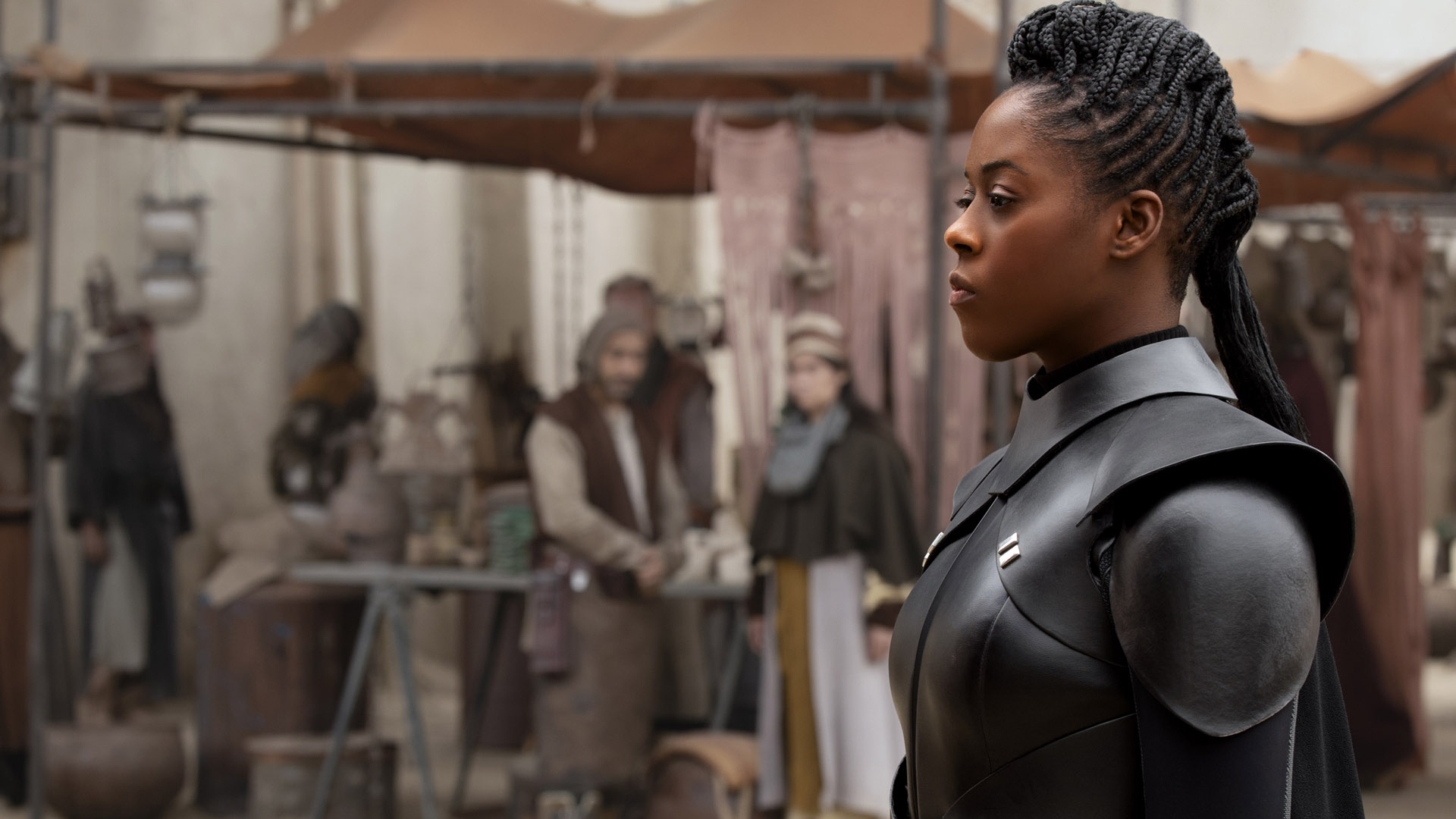
Clearly less experienced than her cohorts Fifth Brother (Fast & Furious’s Sung Kang) and Fourth Sister (Rya Kihlstedt), Reva/Third Sister (The Queen’s Gambit’s Moses Ingram) is the standout character across Obi-Wan Kenobi’s first two episodes. Ambitious, ruthless and impulsive – it seems she’s driven by an intriguing backstory – she’s prepared to do anything it takes to capture rogue Jedi. In other words, if you’re a civilian standing in her way, she won’t think twice about chopping off hands or even a casual execution.
She’s also a constant source of annoyance for the Grand Inquisitor, a helpful reminder that followers of the Dark Side don’t always play well with others.
Familiar faces
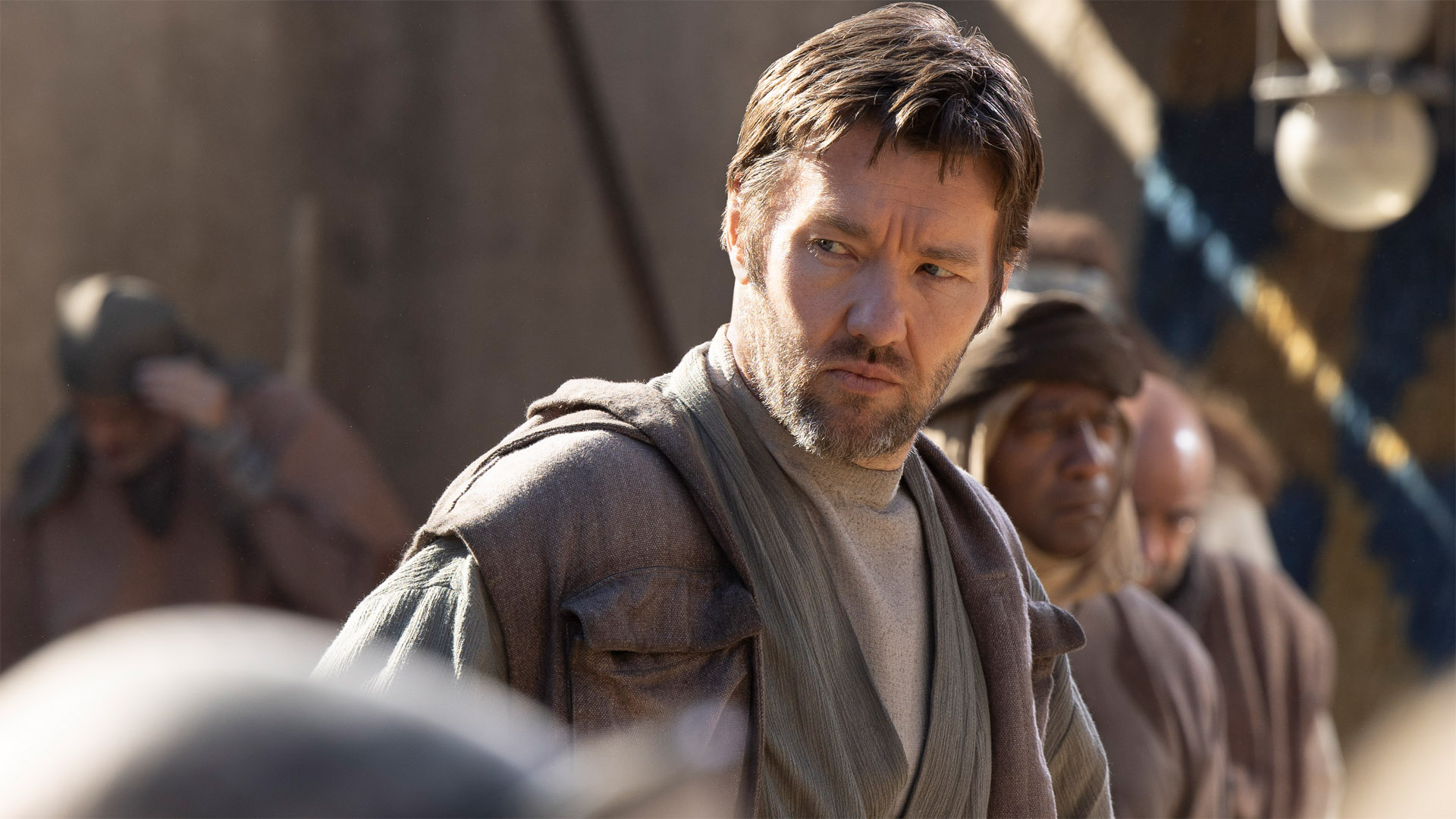
Ever since A New Hope, Uncle Owen has been portrayed as a minor antagonist – while definitely not a villain, his primary function was always to stand in the way of Luke Skywalker’s dreams. Part I shows the other side of a surrogate dad’s protective instincts.
Owen (played by Joel Edgerton, reprising his role from the prequels) still has little love for Obi-Wan, of course, but the way he stands up to Reva’s threats in Part I shows remarkable inner courage – he’s arguably the hero of the episode. (The returning Bonnie Piesse gets rather less to do as Aunt Beru, while Grant Feely debuts as the young Luke.)
Jimmy Smits didn’t have much screentime in the prequels as Leia’s adoptive father, Bail Organa, but his casting has proved to be a gift that keeps on giving. Having appeared in Attack of the Clones, Revenge of the Sith and Rogue One, he’s a key player here, both as Leia’s worried dad, and as one of the few people (along with Obi-Wan, Yoda and his wife, Breha) who know the identity and importance of the Skywalker twins. (It’s worth noting that, with a name like Simone Kessell, the new actor playing Breha must have been destined to appear in Star Wars.)
There’s also a brief appearance for C-3PO at the Organas’ reception on Alderaan – Anthony Daniels gets a credit – but the most notable cameo goes to Temuera Morrison. The Book of Boba Fett star appears as a veteran Clone Trooper begging for money on Daiyu – a nice touch that expands on one of The Bad Batch’s themes about the fate of discarded Clone soldiers in the Imperial era.
Despite plenty of fan speculation ahead of release, the droid bounty hunter on Daiyu is not 4-LOM, a member of Darth Vader’s infamous line-up in The Empire Strikes Back – director Deborah Chow has confirmed that this droid is actually called 1-JAC.
New faces

Ewan McGregor‘s daughter Esther-Rose gets a brief cameo as a spice dealer on Daiyu, while Red Hot Chili Peppers bass player Flea adds Star Wars to a filmography that already included the Back to the Future sequels and The Big Lebowski, turning up as mercenary Vect Nokru.
The most notable newcomer to that galaxy far, far away, however, is Eternals star Kumail Nanjiani. Using “remotes and magnets” to impersonate a Jedi would appear to be a risky business at the height of the Empire, but Haja Estree was making a good living from it until he risks everything to come to Obi-Wan’s aid. He also brings some much needed humor to Part II – hopefully we haven’t seen the last of him.
The setting
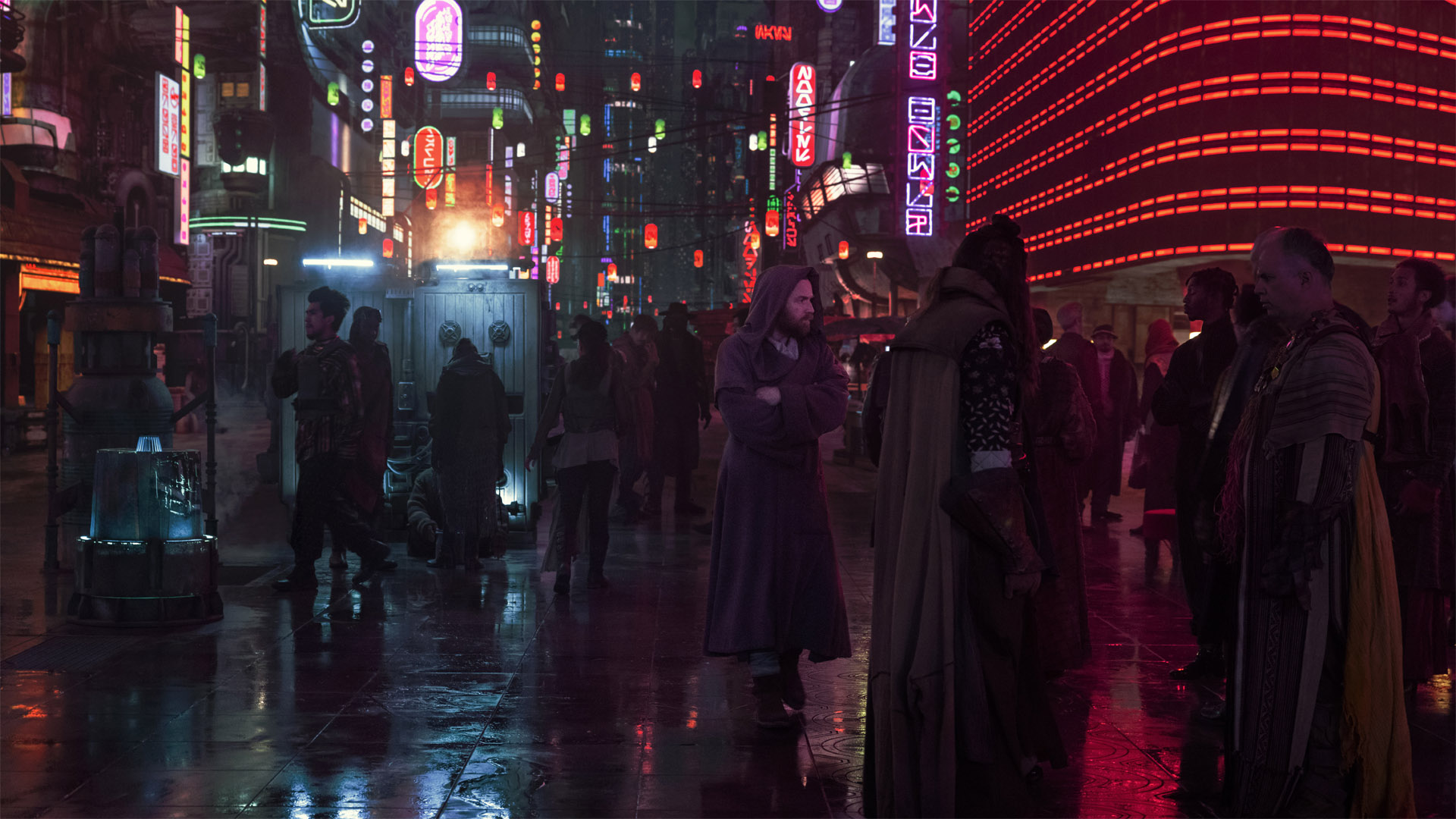
From The Bad Batch to Solo, Rebels and Rogue One, there’s been plenty of Star Wars set in the decades between Revenge of the Sith. Obi-Wan Kenobi arguably feels closest to being the fabled Episode 3.5, however – not only does it fall bang in the middle of the 19-year time gap and continue Obi-Wan and Anakin’s story, the familiar blue text of the end credits is a blatant nod to the original movies.
The echoes of the prequel trilogy are also stronger than we’ve seen in either The Mandalorian or The Book Of Boba Fett. Part I’s prologue gives us an expanded view of the Order 66 attack on the Jedi Temple in Revenge of the Sith – Jedi Master Minas Velti is played by Ming Qiu, Ming-Na Wen’s stunt double in The Book of Boba Fett – while the Alderaan planetscapes have retained some of the CG sheen of the prequel movies. (We’re guessing that wasn’t entirely intentional.)
With the pre-requisite Jawas and cantinas all present and correct, perennial Star Wars location Tatooine feels as refreshingly familiar as ever, though it’s interesting to note that Obi-Wan is now living in a cave, rather than his hut on the other side of the Dune Sea – presumably he calls in the real estate agents after this adventure is done.
Meanwhile, new planet Daiyu feels like a brilliant addition to the canon – the galaxy isn’t short of wretched hives of scum and villainy, but the seedy buildings and neon lighting lend this one a welcome Blade Runner vibe.
Darth Vader
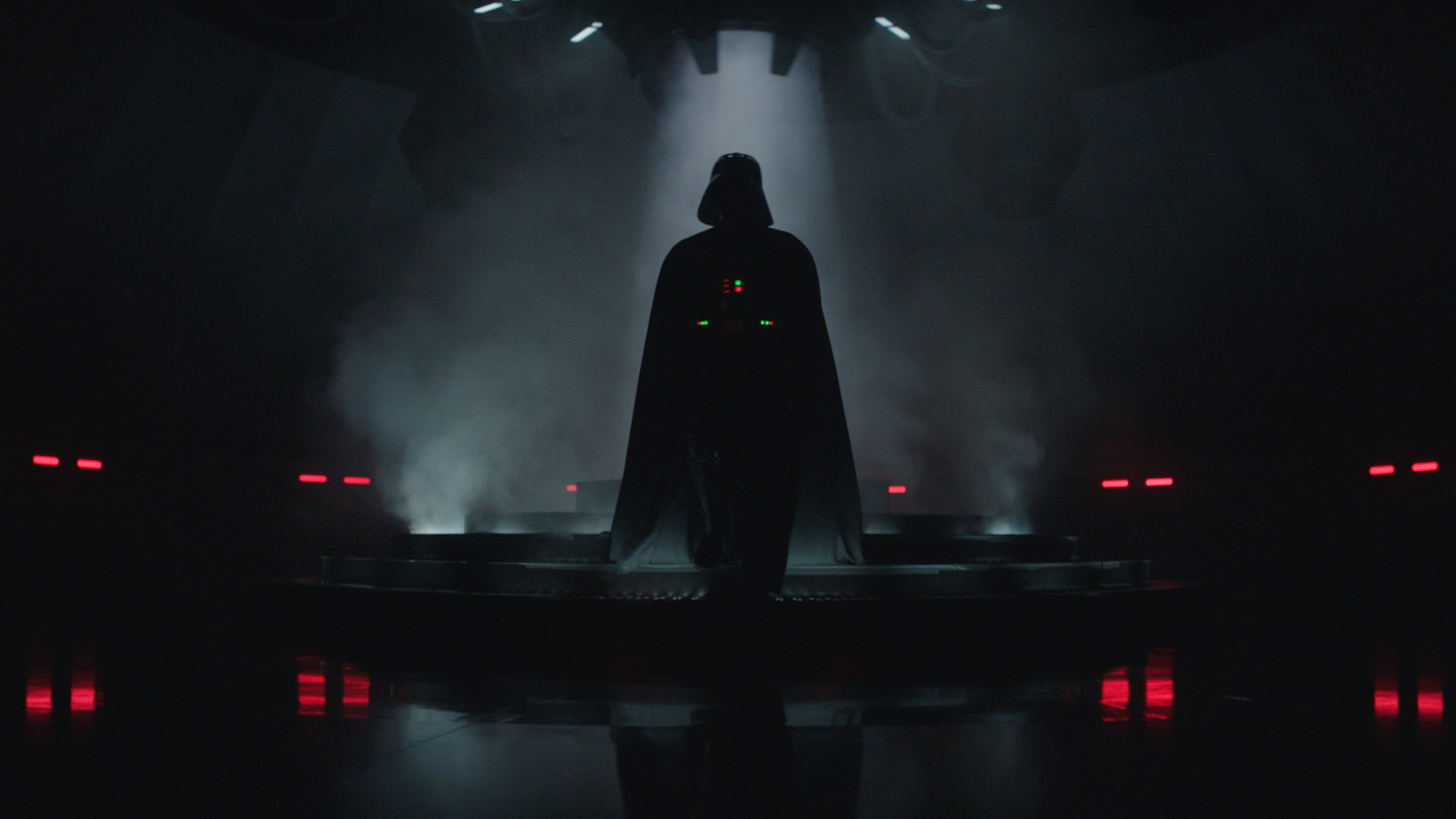
The man they once called Anakin Skywalker only makes a fleeting appearance at the end of Part II, but his presence can be felt throughout these opening episodes.
It’s clear that a major part of Reva’s motivation is her desire to impress Lord Vader, and we’re wondering if he’s taken a special interest in her – if she indeed came from “the gutter”, he may see parallels with his own lowly upbringing on Tatooine.
The revelation that Obi-Wan’s former apprentice is still alive has a profound effect on the veteran Jedi, and Ewan McGregor portrays the shock of the moment perfectly. The subsequent cut to Vader in his bacta tank is also a sublimely chilling image – the destinies of master and apprentice are entwined once again, and the show is now effectively a countdown to their inevitable meeting.
Questions of continuity
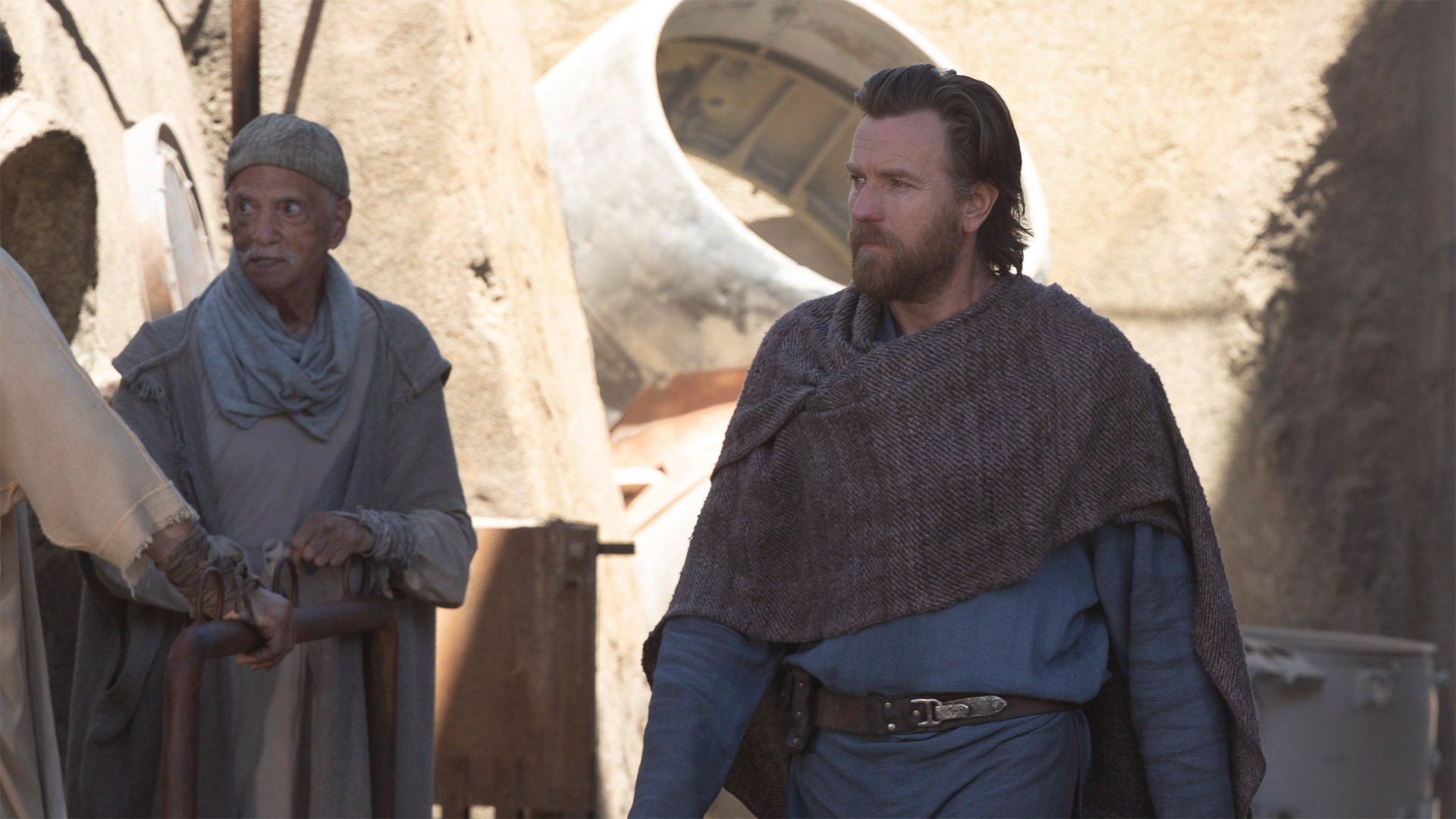
“You’re going to find that many of the truths we cling to depend greatly on our own point of view,” Obi-Wan told Luke in Return of the Jedi, and it feels a like that’s been a guiding principle in the Obi-Wan Kenobi writer’s room. Come the end of the six-episode run, everything may well make sense, but right now we have a few continuity related questions:
In A New Hope, it’s heavily implied that the Jedi were little more than a myth, so it’s strange that the patrons of the bar on Tatooine not only remember the Order, but have a seemingly encyclopedic knowledge of the Inquisitors. (This is particularly odd when you consider that the Old Republic – and the Jedi – had minimal presence on Outer Rim worlds like Tatooine.)
A New Hope never suggests that Obi-Wan and Leia have previously met, which – given the rescue we’ve just seen in Part II – now seems weird. Why if she does remember Obi-Wan, does the famous message she uploaded to R2-D2 say that her father is begging for help – surely she could have just asked him directly, given their obvious history together. Kenobi is careful to introduce himself to the girl as Ben, but Leia must know he also goes by Obi-Wan because the name is clearly mentioned in her earshot.
What has happened to the Grand Inquisitor? If, as many of us have assumed, it’s the same Grand Inquisitor who appeared in Rebels – set around five years later in Star Wars canon – he can’t have been killed. If, however, he’s a different character, it’s either another Pau’an with identical facial markings – unlikely – or a clone.
How is Obi-Wan only just learning that Anakin is still alive? Before the end of Revenge of the Sith, he knew the new Sith name Anakin had been given by the Emperor – and Darth Vader’s name was surely infamous throughout the galaxy by this point?
How many people know that Darth Vader was previously Anakin Skywalker? Even within the upper echelons of the Empire this was always highly classified information, but Reva’s knowledge suggests that at least some of the Inquisitors are in on the secret. But if she knows about Anakin, does she also know about his kids? We’re guessing not – the Emperor and Vader are currently unaware of their existence – but her line about Obi-Wan fighting alongside Anakin’s father in the war is wonderfully ambiguous. Is she referring to Bail Organa – or Anakin?
The first two episodes of Obi-Wan Kenobi are now available to stream on Disney Plus.
Richard is a freelance journalist specialising in movies and TV, primarily of the sci-fi and fantasy variety. An early encounter with a certain galaxy far, far away started a lifelong love affair with outer space, and these days Richard's happiest geeking out about Star Wars, Star Trek, Marvel and other long-running pop culture franchises. In a previous life he was editor of legendary sci-fi and fantasy magazine SFX, where he got to interview many of the biggest names in the business – though he'll always have a soft spot for Jeff Goldblum who (somewhat bizarrely) thought Richard's name was Winter.
